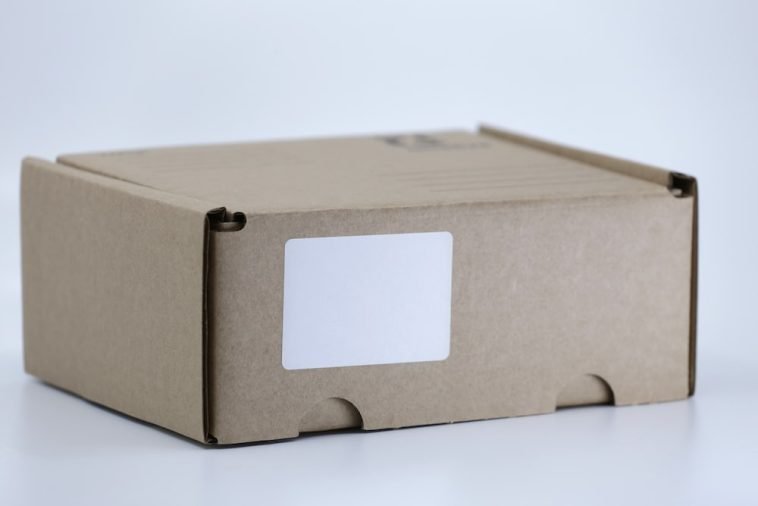Introduction.
Dropshipping is one of the simplest ways to start an online store. With this business model, you don’t need to worry about managing inventory or shipping. You just focus on selling the products while your supplier takes care of the rest.
It sounds easy, but like any business, it takes the right strategies to make it work. Let’s explore what makes a dropshipping business successful.
What Is Dropshipping?
Before diving into the details, let’s quickly define what dropshipping is. In a dropshipping setup, you sell products directly to customers without holding any inventory.
When a customer places an order, you pass it on to your supplier, who ships the product directly to them. This setup minimizes overhead costs and is a great way to start a business with limited funds.
For example, if you sell a phone case for $20, and your supplier charges you $10, you keep the $10 profit after fees. It’s as simple as that.
Why Is Dropshipping So Popular?
Dropshipping is appealing because it has low upfront costs and minimal risk. You don’t need a warehouse, nor do you need to buy products in bulk. Instead, you can run the business from anywhere with a laptop and internet connection.
In 2023, the global dropshipping market was valued at $243.42 billion, and it’s expected to grow at an annual rate of 24.39% from 2024 to 2030. This shows just how much opportunity there is in this space.
Keys to a Successful Dropshipping Business
Success doesn’t happen overnight. Dropshipping has its challenges, but with the right approach, you can turn it into a profitable business. Here are the main factors to focus on:
1. Choose the Right Niche
Picking the right niche is one of the most important steps. A niche is a specific market or audience you’ll target.
For example, instead of selling general fitness products, you could focus on yoga accessories or eco-friendly workout gear.
Look for products that:
- Solve a specific problem
- Have consistent demand
- Aren’t oversaturated in the market
Using tools like Google Trends or a product research tool like SaleHoo can help you spot trending products.
2. Find Reliable Suppliers
Your supplier is the backbone of your dropshipping business. A bad supplier can lead to poor product quality, slow shipping, or even lost orders—all of which will ruin your reputation.
Some popular platforms for finding reliable suppliers include:
- AliExpress: Great for beginners
- CJ Dropshipping: Faster shipping options
- Spocket: Focuses on suppliers from the US and EU
When choosing a supplier, test their products and delivery times. Place a sample order to experience what your customers will go through.
3. Build a High-Converting Website
Your website is your storefront. It needs to be professional, easy to use, and trustworthy. Platforms like Shopify make it simple to build an online store even if you don’t have technical skills.
Here are some tips for a high-converting website:
- Use clear, high-quality product images
- Write honest and detailed product descriptions
- Offer multiple payment options (e.g., credit cards, PayPal)
- Include customer reviews to build trust
4. Focus on Marketing
Without marketing, your business won’t grow. Dropshipping is highly competitive, so you need to find ways to stand out and reach your customers.
Here are the main marketing channels to focus on:
- Social Media Ads: Platforms like Facebook, Instagram, and TikTok are great for targeting specific audiences.
- SEO: Optimize your website to rank higher on search engines. This will bring in organic (free) traffic over time.
- Email Marketing: Use emails to connect with customers and offer discounts or updates.
Keep in mind, marketing isn’t just about running ads. It’s about understanding your audience and offering them products they’ll love.
5. Customer Service Matters
Good customer service can turn a one-time buyer into a loyal customer. Be quick to respond to questions and address complaints. Use tools like Zendesk or Gorgias to manage customer interactions more efficiently.
A positive customer experience also leads to better reviews and word-of-mouth marketing, which is priceless for your business.
6. Track Performance and Optimize
Always keep an eye on your business metrics. Tools like Google Analytics and Shopify’s built-in dashboard can help you understand:
- Where your traffic is coming from
- Which products are selling well
- What’s causing abandoned carts
By analyzing this data, you can make improvements to your website, ads, or product offerings.
Common Challenges in Dropshipping
Let’s be honest: dropshipping isn’t perfect. Here are some common challenges and how to deal with them:
1. High Competition
Since the barrier to entry is low, competition is fierce. The key is finding a unique angle or niche that sets you apart.
2. Low Profit Margins
Dropshipping margins can be thin, especially when selling low-priced products. To increase profits, focus on upselling or selling higher-ticket items.
3. Shipping Times
If your supplier is overseas, shipping times can be long. To address this, communicate delivery expectations clearly to your customers and explore suppliers with faster shipping options.
FAQs
1. How much money do I need to start a dropshipping business?
You can start with as little as $100 to $500, depending on your platform and marketing budget. Shopify’s basic plan, for example, costs $39/month.
2. Do I need to register my business?
Yes, it’s a good idea to register your business. This depends on where you live, but it ensures you’re operating legally.
3. Can I run a dropshipping business alongside a full-time job?
Absolutely. Dropshipping is flexible, so you can manage it during your free time. Just make sure to stay organized.
Conclusion
Dropshipping can be a great way to build an online business with less upfront investment. But success depends on choosing the right niche, finding reliable suppliers, and staying on top of marketing and customer service.
What’s your take on it? What do you think are the most important keys to a successful dropshipping business? Let’s discuss!





GIPHY App Key not set. Please check settings